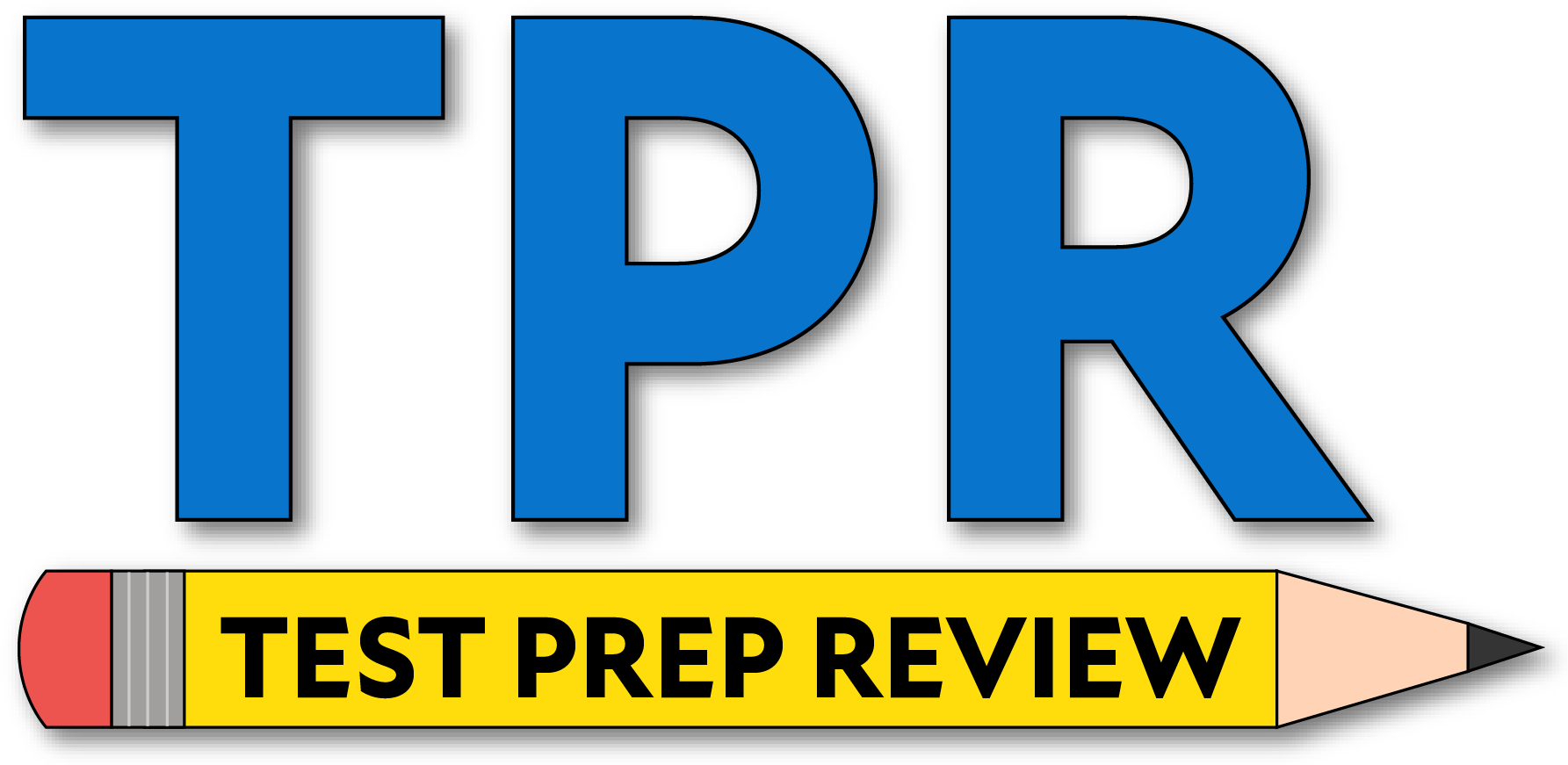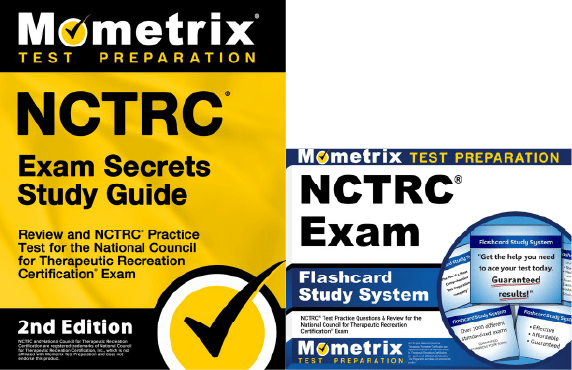If you need help studying for the NCTRC® Certified Therapeutic Recreation Specialist (CTRS) certification exam or just want some more information about what the exam is like, you’ve come to the right place.
Click below to take a free NCTRC practice exam!
Exam Eligibility
Before you can register to take the NCTRC exam, you’ll have to meet the requirements of ONE of the following eligibility pathways:
Academic Pathway
- You need at least a bachelor’s degree with a focus in recreational therapy
- You need to complete a 14-week internship supervised by a CTRS
Equivalency Pathway
- You need at least a bachelor’s degree
- You need to complete specific recreational therapy coursework
- You need paid work experience that uses the therapeutic recreation process
If you meet one of these eligibility pathways, you’re set to begin the registration process!
What’s on the Exam?
First, let’s talk about the questions on the exam. There are 120 multiple-choice questions total, but only 100 of the questions will count toward your score. Why is that?
The 20 unscored questions on the exam are used to determine if they’re good enough questions to add to future versions of the test.
The trick is that you won’t have any way of knowing which questions are scored and which ones are unscored. They will all appear like scored questions throughout the test.
The time limit for the exam is 3 hours. There aren’t any scheduled breaks, but you’re free to take restroom breaks as needed.
Let’s take a closer look at the different sections of the CTRS exam.
1. Professionalism
12% of the exam
- Communicating with interdisciplinary teams
- Educating stakeholders about the scope of practice
- Advocating for the client’s rights
- Trends in RT/TR practice
- Cultural competence and intelligence
- Maintaining professional qualifications
- Participation in committees
- Compliance with the professional code of ethics and standards of practice
2. Assessment
19% of the exam
- Establishing a therapeutic relationship with clients
- Diagnostic and developmental characteristics
- Assessment tools
- Gathering primary data across functional domains
- Determining strengths and limitations
- Prioritization of client needs and strengths
- Creating goals and objectives
- Communicating assessment data
3. Planning
18% of the exam
- Utilizing RT/TR service models
- Theories of practice
- Aligning goals and objectives to support service delivery
- Designing programs based on client needs
- Logistical program planning
- Intervention techniques, approaches, and modalities
- Activity modifications
- Formative evaluation techniques
4. Implementation
25% of the exam
- Explaining the purpose of interventions/programs
- Implementing program services
- Establishing a facilitation structure and leadership approach
- Implementing a program plan
- Monitoring the effectiveness of an intervention or program
- Components of safety protocols
- Relevant precautions that provide a safe environment
5. Evaluation and Documentation
23%-26% of the exam
- Completion of progress notes
- Developing discharge/transition plans
- Communicating with interdisciplinary team/service providers
- Summative evaluations of program effectiveness
- Policies and procedures for reporting specific incidents
- Documenting specific incident details
6. Administration
10% of the exam
- Following the service plan of operation
- Adhering to agency policies
- Adhering to agency fiscal management
- State, regional, and federal regulations related to RT/TR services
- Contributing to staff performance appraisals
- Assisting with education and supervision of staff, volunteers, and students
- Maintaining the internship program
How to Register
Once you’ve ensured that you meet the eligibility requirements, you can register for the exam.
To get started, you’ll need to submit an application on NCTRC’s website. The application will ask you for your contact information and any documentation to prove your eligibility (among other things).
When you submit the application, you’ll also need to submit the testing fee, which is $325.
Exam Scores
The test is scored using a scaled scoring method. Here’s how it works:
For every question you answer correctly, you get one point added to your raw score. At the end of the test, your final raw score will be converted to a scaled score. This scaled score will range somewhere between 100 and 500.



 NCTRC Study Guide
NCTRC Study Guide NCTRC Flashcards
NCTRC Flashcards